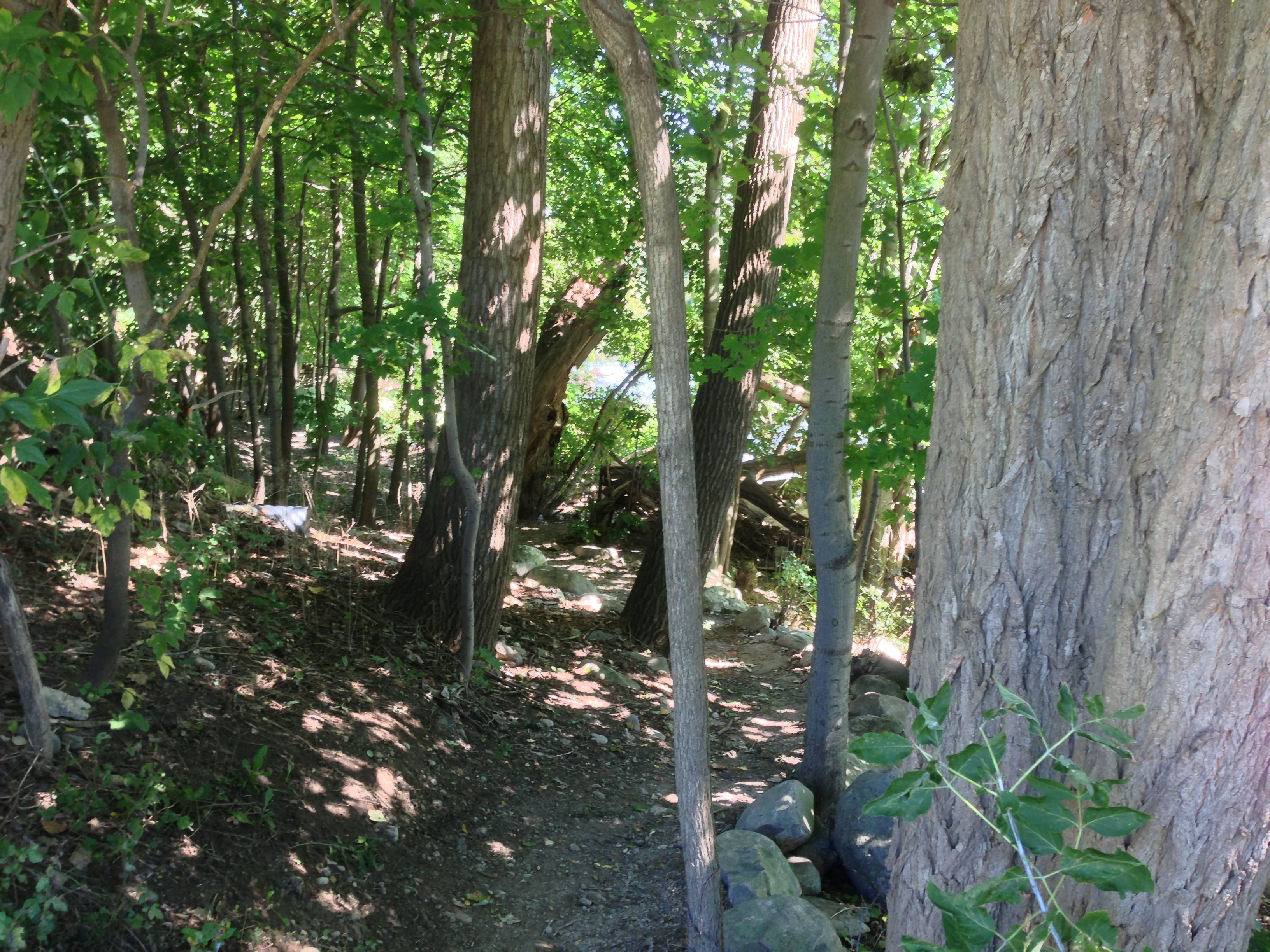river watershed
The more recent heritage designation for the river is the Askunessippi, referring to the horn or antlers at the forks of the river. The river meaners through Springbank Park and moves through Aboriginal Nations- Haudenosaunee, Leenape, Anishinabe- Munsee Delaware, Oneida of the Thames, Chippewa of the Thames, and Delaware of Moraviontown. It also intersects Lambton, kent and Chatham on its way to Lake St. Claire. The Thmaes River Watershed from Lake St. Clair to London is 187 km and provides a habitat for 97 of Ontario’s 150 fish species.
A common tree along the Thames river is the Sycamore tree of the London Plane (Platanus acerifolia) which is considreed a hybrid between the Oriental Plane Tree and the American Sycamore. It stands out due to its mottled bark and its open spreading crown of massive crooked ranches supported by a thick central trunk. The root system is shallow and spreads just below the ground. The Carolinian forest offers a hospitable environment for the sycamore and other such flora such as magnolias and sassafras which grow in the warmth and fertility of the great lakes lowlands.
We brought two large sycamore branches, that we had found by a large tree at the bend in the river where hill street runs into the park, into the studio. The autumn leaves on the tree were bright yellow, orange and red. We hung them in the space in a triangle spatial pattern. At the top of the rope, that Ruth and I used in our improv we attached string that travelled across the ceiling and attached to the hanging sycamore branches at opposite ends of the upstairs studio.
The leaves brought colour into the space. Any movement on the rope, moved the branches and vice versa. It created a relational element between different spaces in the studio.
